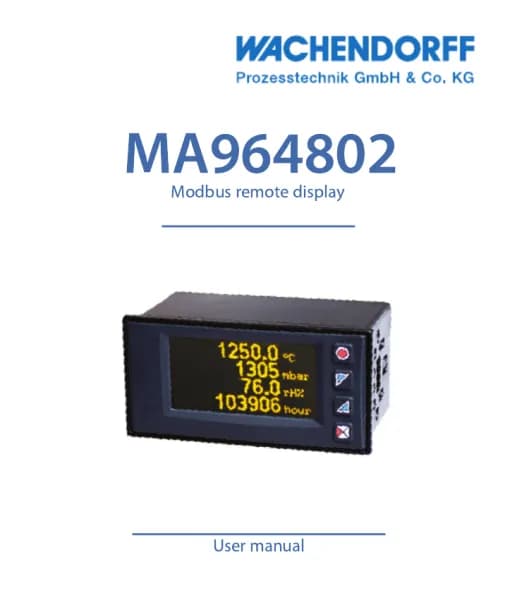Wachendorff WDGA 36E handleiding
Handleiding
Je bekijkt pagina 23 van 82

Technical Manual
WDGA with CANopen Interface
5 - General information about CAN
© Wachendorff Automation GmbH & Co. KG
12
Figure 5.1: Example of the arbitration
Due to the arbitration there is a ranking of the messages. The message with the lowest
ID has the highest priority and therefore it has almost instant access on the bus. The
exception is that an ongoing transmission will not be interrupted. So time critical
messages should be assigned to the high priority CAN-IDs, but even then there is no
determination in the time of transmission (non-deterministic transmission).
For the arbitration all nodes have to be synchronised. Due to the lack of a separate
clock signal, the transmission of many identical bits in line would lead to the loss of
synchronisation. The so called bit-stuffing is used to prevent this case. After five equal
bits a complementary bit will be inserted into the transmission (the application will not
notice). So the nodes can keep up resynchronising on the bit flanks (see Figure 5.2).
Figure 5.2: Bitstuffing
Bekijk gratis de handleiding van Wachendorff WDGA 36E, stel vragen en lees de antwoorden op veelvoorkomende problemen, of gebruik onze assistent om sneller informatie in de handleiding te vinden of uitleg te krijgen over specifieke functies.
Productinformatie
| Merk | Wachendorff |
| Model | WDGA 36E |
| Categorie | Niet gecategoriseerd |
| Taal | Nederlands |
| Grootte | 11685 MB |







